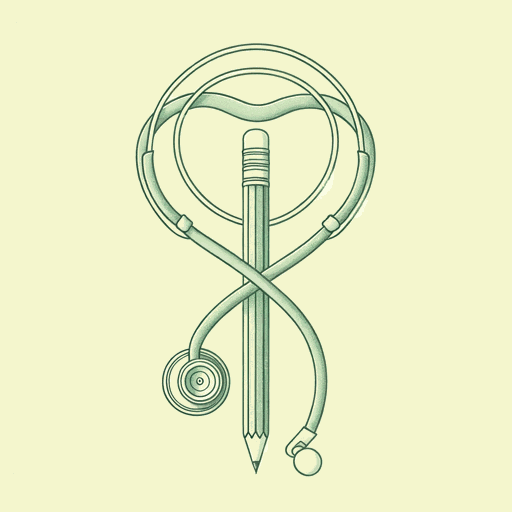43 pages • 1 hour read
Atul GawandeComplications: A Surgeon’s Notes on an Imperfect Science
Nonfiction | Essay Collection | Adult | Published in 2002A modern alternative to SparkNotes and CliffsNotes, SuperSummary offers high-quality Study Guides with detailed chapter summaries and analysis of major themes, characters, and more.
Part 3Chapter Summaries & Analyses
Part 3: “Uncertainty”
Essay 11 Summary: “Final Cut”
This essay focuses on the autopsy. Gawande describes a scene from his own life when asking a patient’s family for permission to perform an autopsy backfired. Gawande observes an autopsy firsthand, contrasting it at every stage with surgery performed on the living. The dissecting room, for example, is “run-down, chintzy, low-tech” (188). The body is handled roughly. The surgical cuts are crude. Organs are removed, weighed, and preserved. This reality is why, Gawande says, it’s difficult for doctors to seek patients’ families’ permission to do autopsies.
Once a routine procedure, according to the Journal of the American Medical Association, “autopsies have been done in fewer than 10 percent of deaths” (191). Gawande traces the history of the autopsy, noting memorable cases like Julius Caesar. By the end of WWII, the autopsy was understood as “a tool of discovery” and a way to “give the story of a loved one’s life a comprehensible ending” (193). Gawande presumes it’s because modern doctors so often feel they understand the cause of death that they don’t ask for autopsies, because autopsies are meant to catch mistakes.
Gawande tells the story of a patient he calls Mr. Jolly whose death he didn’t see coming. Determined to learn what had happened to Mr.
Related Titles
By Atul Gawande




